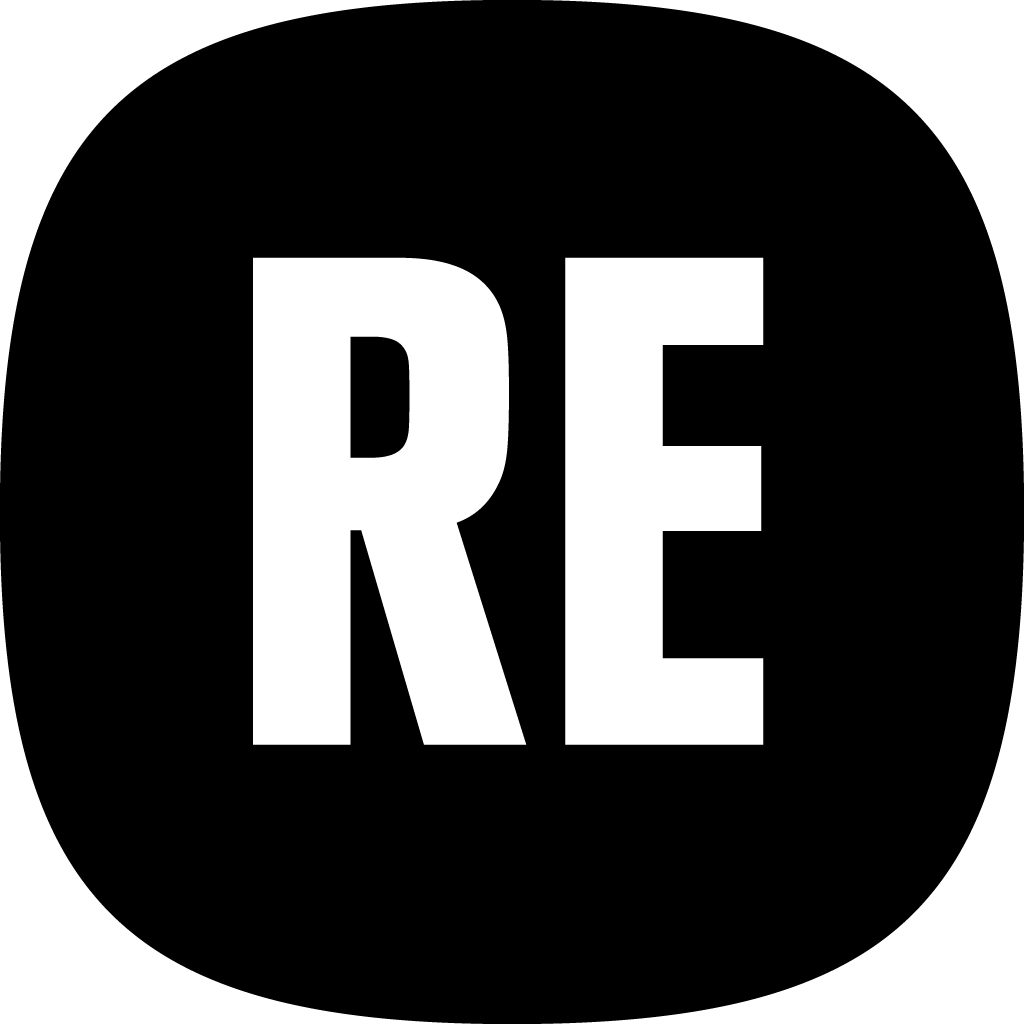Changes at "Stakeholders"
Title (English)
- +Stakeholders
Body (English)
-
+Stakeholders is anyone potentially influenced directly or indirectly, positively or negatively, by the CHIs practices, and participatory activities. Stakeholders are defined independently of who actually participates in (or is invited to) a decision‐making process, for instance the society at large may experience consequences of solutions implemented within participatory activities. One distinguishes four stakeholder categories: government sector, private sector (for profit), civic sector (non‐profit), and citizens. Participant - is any actor taking part in the decision‐making process based on a position granted by the decision making process organiser. This can apply to certain interest groups or the general public, be restricted to specifically invited individuals, certain experts, state agencies, or apply to no one at all. Beneficiaries - are people who the Living Labs hope to serve, the intended recipients of the project's benefits and are expected to experience positive changes or improvements in their lives, circumstances, or environments as a result of the project's interventions. They are, firstly, the direct users who consume and use some of the goods and services derived, generally for a price. We also consider passive users, who are interested in the existence, legacy, and option value of a museum even if they do not consume it, and who express their willingness to pay through taxes or donations. Finally, we also consider as beneficiaries those groups that benefit from the non-computable externalities of a museum, in terms of knowledge increase, social value of heritage, or urban reputation value.Customers - are all direct users of any of the goods and services provided by a museum / Living Lab in a broad sense, usually for a fee. Therefore, we are dealing firstly with visitors to museums, who enjoy their cultural programme for personal, leisure, educational or research purposes. We also consider those who participate in other income-generating activities such as shopping in the museum boutique, or attending special events or educational programmes. We add users of new digital and multimedia supplies. We could also consider club users, such as the members of the museum, members of supporting societies, who have discounts or access advantages to exclusive events. Funding stakeholders - are people who will finance your Living Lab model.
By Hunt/Prato/UVA/FCC

.jpg)
Share